There is a story in the Old Testament in which poisonous snakes keep hurting the Israelites. When Moses prayed for the people, God had him sculpt a bronze image of the very same snake, which the sick could look upon and in so looking, be healed. During his morning meditation, Pope Francis considered how strange that was: the thing making them sick was used to save them. But it is this story which Christ later references as a foreshadowing of His own role in salvation history.
How mysterious that Christ became sin to save us. It is hard to understand, but the paradox begins to make sense when considered against the backdrop of Amoris Laetitia, in which Francis wrote, “Such people think that, because they are more ‘spiritual’ or ‘wise,’ they are more important than they really are… Yet what really makes us important is a love that understands, shows concern, and embraces the weak.”
We often let prideful thoughts or ignorant assumptions hurt our ability to understand others’ struggles or to recognize our own faults. Only by humbly carrying crosses alongside others are we able to comprehend their battles and our own need for forgiveness. By taking sin upon Himself and suffering the consequences, Christ made it possible for even our scars to help save us. He did not take sin away, but rather showed us how to overcome it. When we reach out in love to help each other, while learning from each other as well, we turn poisonous snakes into healing ones, for through Christ even the deadliest sins can become the greatest opportunities for salvation. All we must do is humbly lean on Him to overcome them.
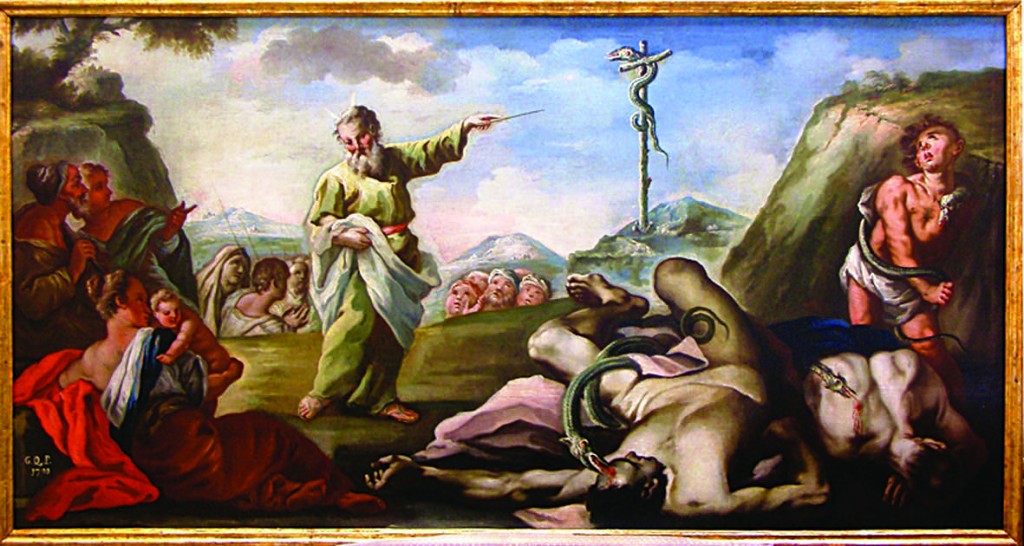
“Moses and the Bronze Serpent” by Gioacchino Quercia
We Must Look at the Crucifix to Understand the “History of Our Redemption”
March 15, 2016: Morning Meditation by Pope Francis
The serpent “is the first animal to be mentioned in the Book of Genesis” and is described as “the most subtle.” The serpent returns in the passage of the First Reading, taken from the Book of Numbers (21:4-9), when in the desert the people spoke against God and against Moses. “Then the Lord sent fiery serpents among the people, and they bit the people, so that many people of Israel died.” Then the people repented and sought forgiveness, and God commanded Moses: “Make a fiery serpent, and set it on a pole; and every one who is bitten, when he sees it, shall live.” This is “mysterious: the Lord does not kill the serpents, he leaves them there. But if one of them should harm a person,” the person “looks at that bronze serpent and will be healed.” Thus, the serpent is lifted up in order to obtain salvation.
At this point, following the course of the day’s liturgy, we return to the passage of the Gospel according to John (8:21-30). Jesus, in a discussion with the doctors of the law, “tells them directly: ‘You will die in your sins unless you believe that I am he.’ And: ‘When you have lifted up the Son of man, then you will know that I am he.’”
“I am he!” is “the name of God. When Moses asks the Lord: ‘If the people ask me, who sends you? Who sends you to free us? What is his name?’ — ‘I am!’” Therefore: “Lift up the Son of man! Like the serpent…”
Jesus refers to the same concept in a passage several chapters earlier, when he “says the same thing to the doctors of the law: ‘As Moses lifted up the serpent in the wilderness, so must the Son of man be lifted up, that whoever believes in him may have eternal life.’”
The serpent is a “symbol of sin, the serpent that kills. But the serpent that saves: this is the mystery of Christ.”
St. Paul also spoke of this mystery. “He said that Jesus emptied himself, humbled himself, annihilated himself in order to save us.” Moreover, the Apostle offers an even stronger expression: “He became sin.” Thus, using the biblical symbol, we could say: “He became serpent.” This is “the prophetic message of today’s readings. The Son of man, who like a serpent ‘became sin,’ is lifted up in order to save us.”
Therefore, we must “look at the Crucifix and see this very mystery: a God ‘emptied of his divinity’? — completely! — in order to save us!” However, “who is this serpent that Jesus takes upon himself in order to defeat it?” The answer can be read in John’s Apocalypse, where the serpent is mentioned again.
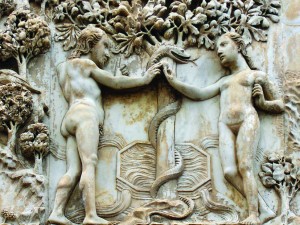
“Original Sin,” from a bas-relief in the cathedral in Orvieto, Italy
Among other things, the serpent in the Bible “is the first animal to be mentioned and I think perhaps it is the last,” and we read that “the ancient serpent — Satan — was defeated.” Therefore, sin “is the work of Satan, and Jesus defeats Satan ‘by becoming sin.’” Thus from the Cross Jesus “lifts up all of us.” For this reason “the crucifix is not an ornament, it is not a work of art with many precious stones, as are seen. The crucifix is the mystery of God’s ‘annihilation,’ which he did out of love.”
In the desert, the serpent “prophesies salvation.” Indeed it is “lifted up and whoever sees it is healed.” But this salvation was not made “with a magic wand by a god who makes things.” It was made instead “with the suffering of the Son of man, with the suffering of Jesus Christ.”
The suffering that led Jesus to ask the Father: “Father, please, if it be possible I would not drink this cup.”
Here his anguish is seen, but is accompanied by the words: “But thy will be done.”
This is “the history of our redemption,” this is “the history of God’s love.”
This is why, “if we want to know the love of God, we look at the Crucifix.”
There we meet “a man who is tortured, died, who is God, ‘emptied of divinity,’ tarnished, who ‘became sin.’”
Then came the final prayer: “May the Lord grant us the grace to understand this mystery a little better.”

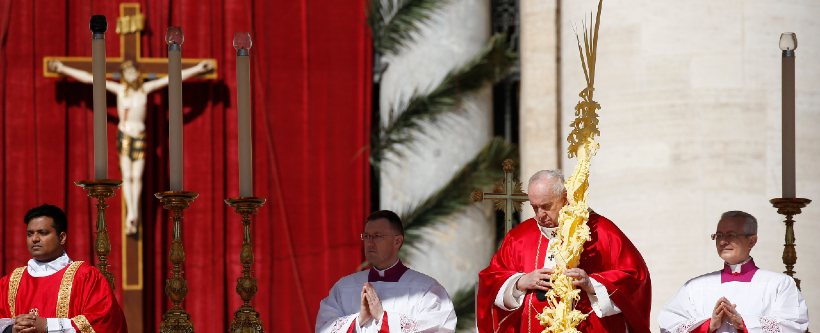


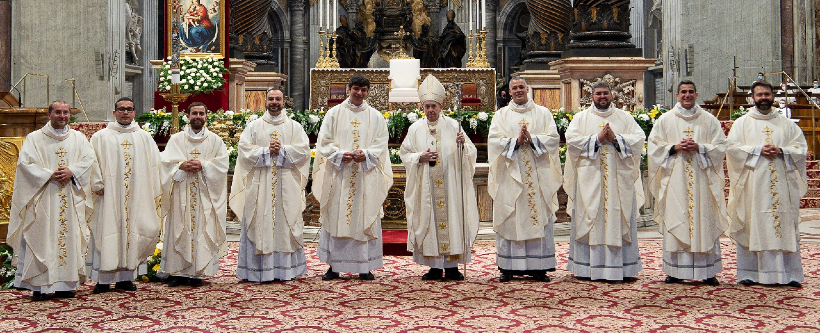
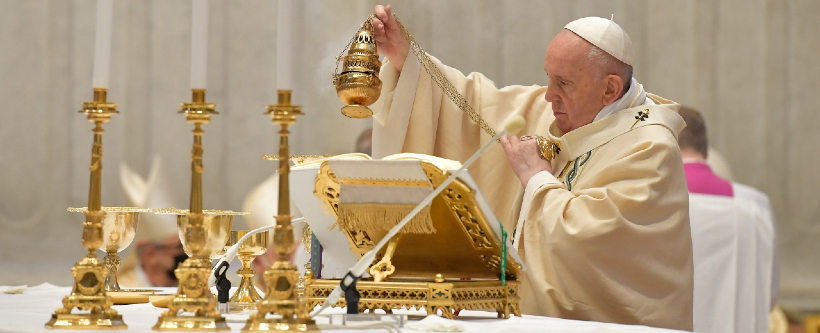
Facebook Comments